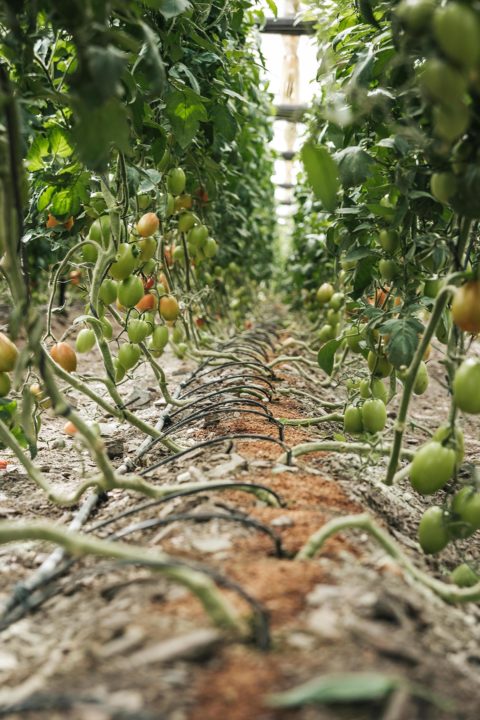Box Stores Reloaded
By most accounts, this was a pretty normal spring season. Successful sales weekends were determined mostly by the weather, which was favorable in most of the country April through early June. Independent retailers told us sales were keeping pace with the year before. While the average ticket per customer may have been down, store traffic was up enough to make up for it. Some garden centers found themselves running out of 4-inch annuals, baskets and vegetables and scrambling to restock benches. Early fears of a disastrous spring and people not being able to afford to buy plants did not come to fruition. So maybe our industry is recession proof after all.
The financial crisis made us collectively more aggressive in going after the consumer and driving sales this year, which is a good thing. But I would say the growers serving the box stores and mass merchandisers stood to gain the most. In addition to the retailers spending more than ever before on high quality, high profile television advertising, they have really upgraded their product assortment beyond commodities.
At one large growing operation, I was astonished to see so many high-end combos in black or bronze-colored designer patio pots. All the baskets were in designer shades of brown plastic, cocofiber, moss and pulp. I didn’t see the basic green or white plastic ones anywhere. Fashionable window boxes were brimming with premium annuals. Up until recently, these high-quality items could only be found at independent garden centers. Home Depot’s embrace of the Proven Winners brand has really upgraded the look and feel of the plants offered.
The execution at store level was better than ever before, due to the restructuring of the grower-vendor model, which was pretty significant this year. Walmart took its primary grower-vendor base down to 35. Home Depot has implemented the successful Bell Nursery model nationwide, with one grower being in charge of the full assortment in each store and managing inventory through pay by scan. At Lowe’s, you’ll see one grower providing annuals and one providing perennials at each store. And Bonnie Plant Farm must be making a killing at all three as the dominant vegetable supplier.
Being the exclusive vendors at the stores has made a big difference for the growers. They aren’t wrestling with competitors for space. They can decide which products they’d like to grow for the assortment and which ones they’d rather buy in. They’ve gone from supplying 10 or 15 stock keeping units (SKUs) to 50 in just a year. One grower told me he hopes it gets to the point where growers are running the garden centers, even the cash registers, to maximize sell-through and service at the stores.
Many of the growers who are the primary vendors have plans to expand their production, but I hope they continue to buy in a significant percentage from other growers. Throughout this restructuring I keep worrying about what happens to the growers who were not chosen as the primary vendors. Many were built up by the box stores for decades. The buyers bought too much product from too many growers, which led to an oversupply industry wide. Industry suppliers built their businesses on this and are now hurting. This correction in supply was necessary, but I fear there will be many casualties. On the upside, business will be much better for those remaining.
Moving forward, I believe the new supply model with the smaller base of grower-vendors is the right one and will address problems that have plagued mass retail for decades. At Short Course, we will be having a Top 100 Growers breakfast discussion on the topic, “Serving The Market Together.” I look forward to learning more about growers doing this and hope there is a bright future for growers selling to growers.








